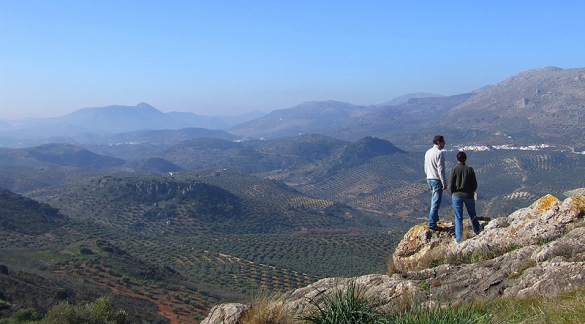
Andalucia for nature lovers – the best of Wild Spain
Wild open spaces, hiking, biking, birding, nature…
Not the description you usually associate with Andalucia? We all know the stereotypical image of the Costas - crowded beaches, tacky British pubs and souvenir shops, over-development and endless golf courses - but the untouched interior of Andalucia is a million miles away from all that and genuinely offers the visitor the chance to get off-the-beaten-track and discover some of the best wilderness scenery, nature and outdoor activities you can imagine in all of Europe…
Did you know?
- Spain has the richest biodiversity in Western Europe, with more species of birds, mammals and reptiles than any other European country and 80% of the flora to be found in Europe.
- Andalucia boasts more than 80 protected areas covering around 20% of its land area including two national parks and seven Biosphere Reserves.
- Over half of Spain´s animal species and over 80% of Spain´s bird species can be found in Andalucia.
- Owing to its strategic location on the migratory route to Africa, Andalucia is one of the most exciting places for Birding in Europe, with 439 species including 13 resident raptors (from Griffon vultures to Imperial eagles) and many other exotic migratory species (from bee-eators to flamingos and orioles).
Focusing on flora and fauna, fabulous scenery and peaceful protected areas, why not take a look at the untouched, wild side of Andalucia - like some of our past guests here. Photos provided by guests of Casa Olea in April 2014: Alex Barnett (aged 10!) and Doug & Sue Walker.
Sierra Subbetica – Wild Spain´s best kept secret - yet only 90 minutes from the Costas, half way between Granada and Cordoba!
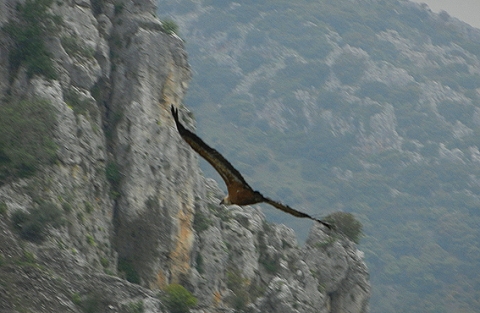
Griffon Vulture (A. Barnett, April).
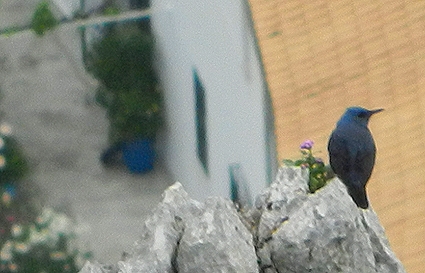
Blue Rock Thrush (A. Barnett, April).
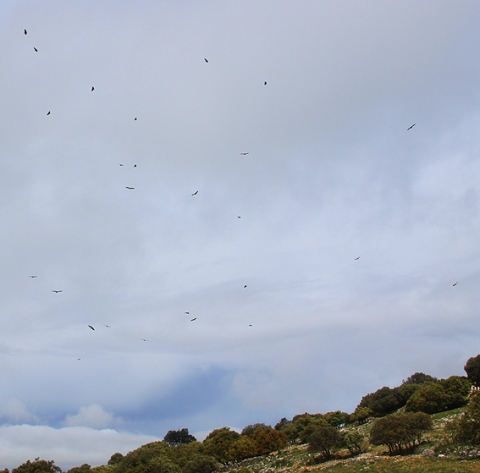
Griffon Vultures circling above (Doug & Sue Walker, April).
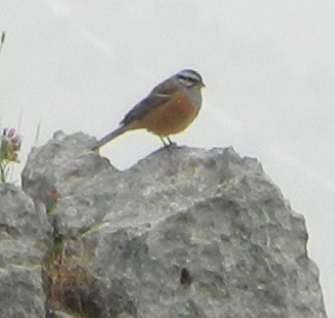
Rock Bunting (A.Barnett, April).
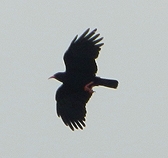
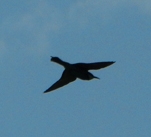
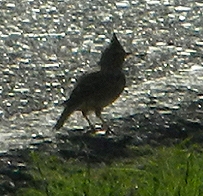
Chough, Beeeater & Crested Lark (A.Barnett, April)
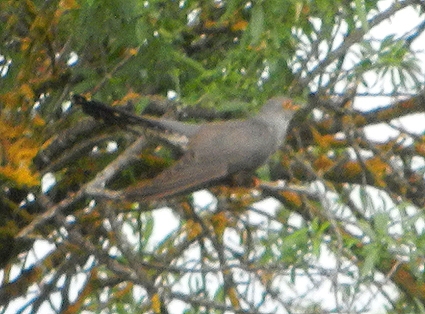
Cuckoo (A.Barnett, April).
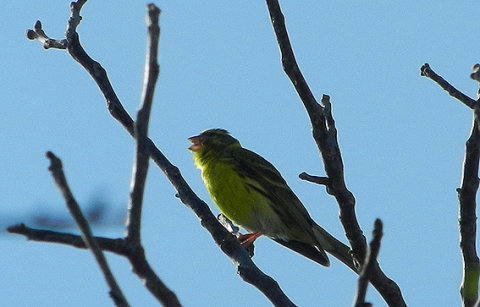
Serin (A.Barnett, April).
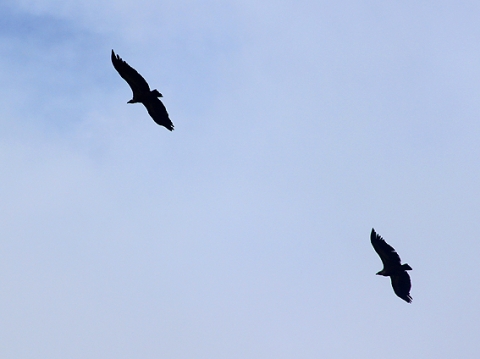
Griffon vultures (Doug & Sue Walker, April).
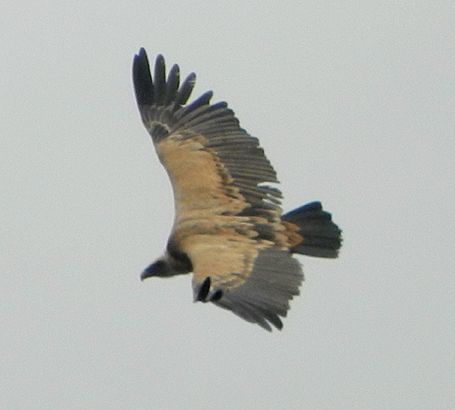
Griffon vulture (A.Barnett, April).

Add new comment